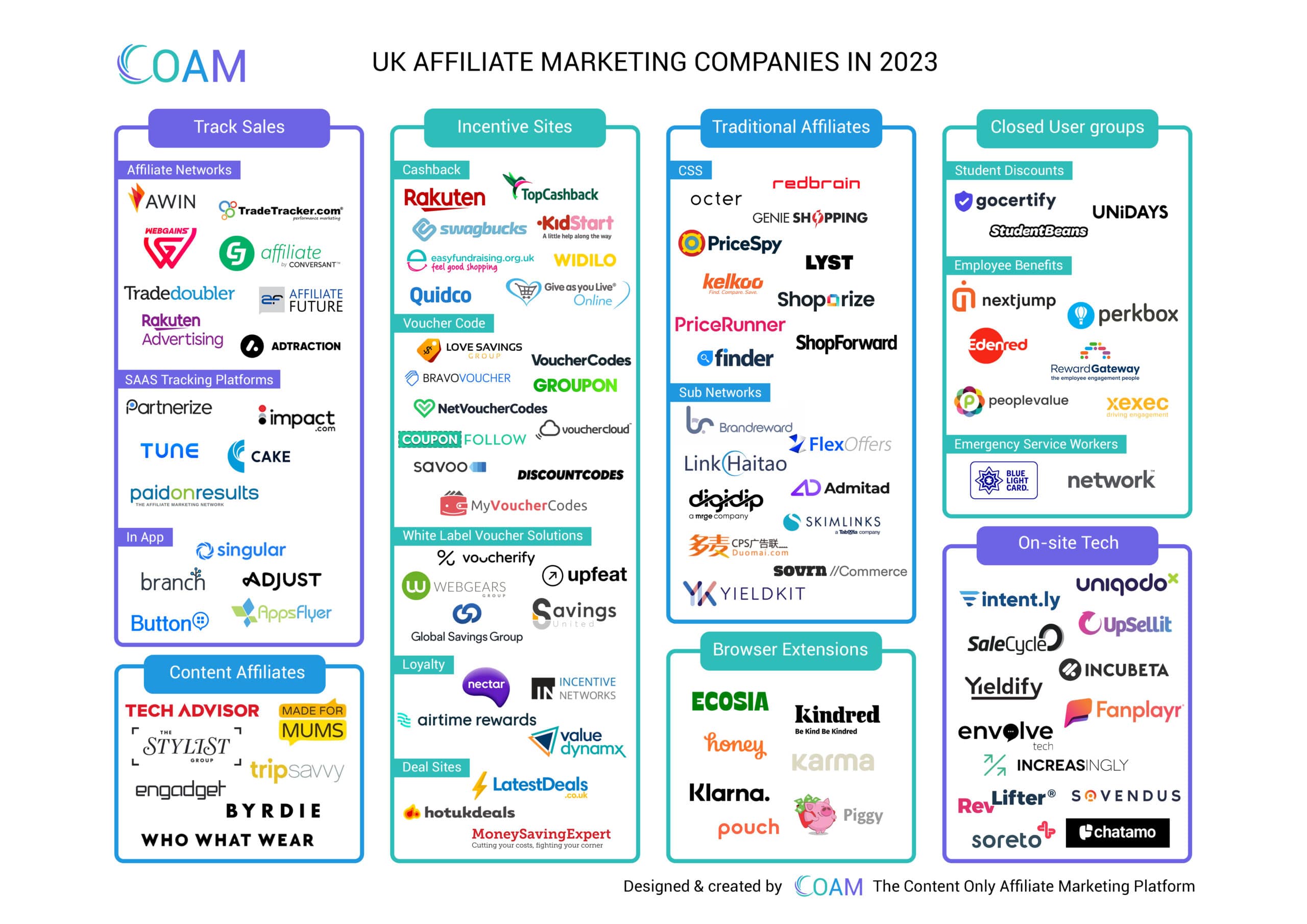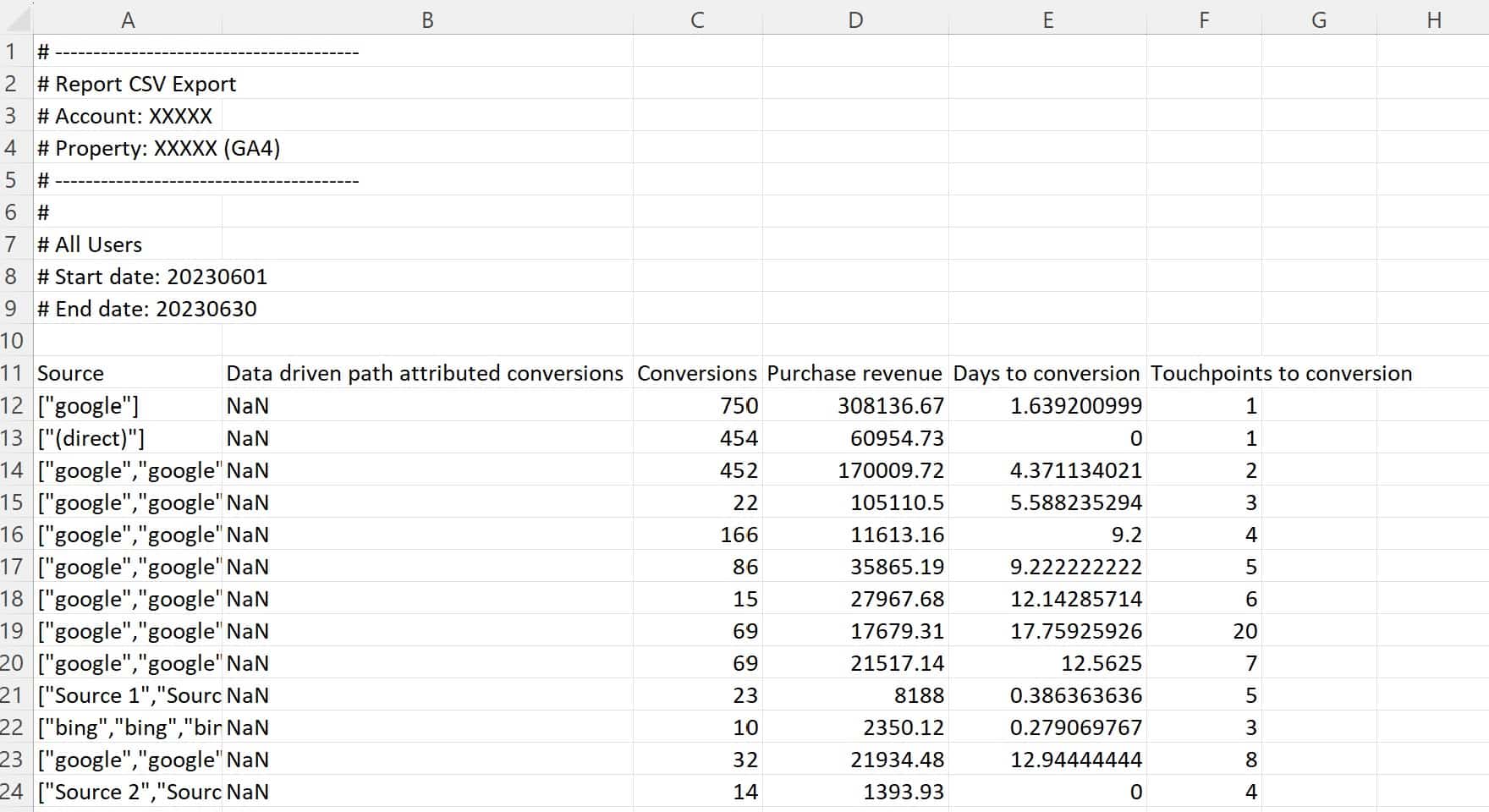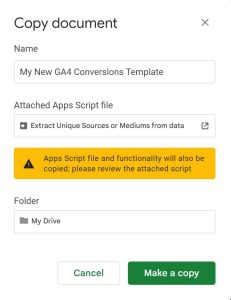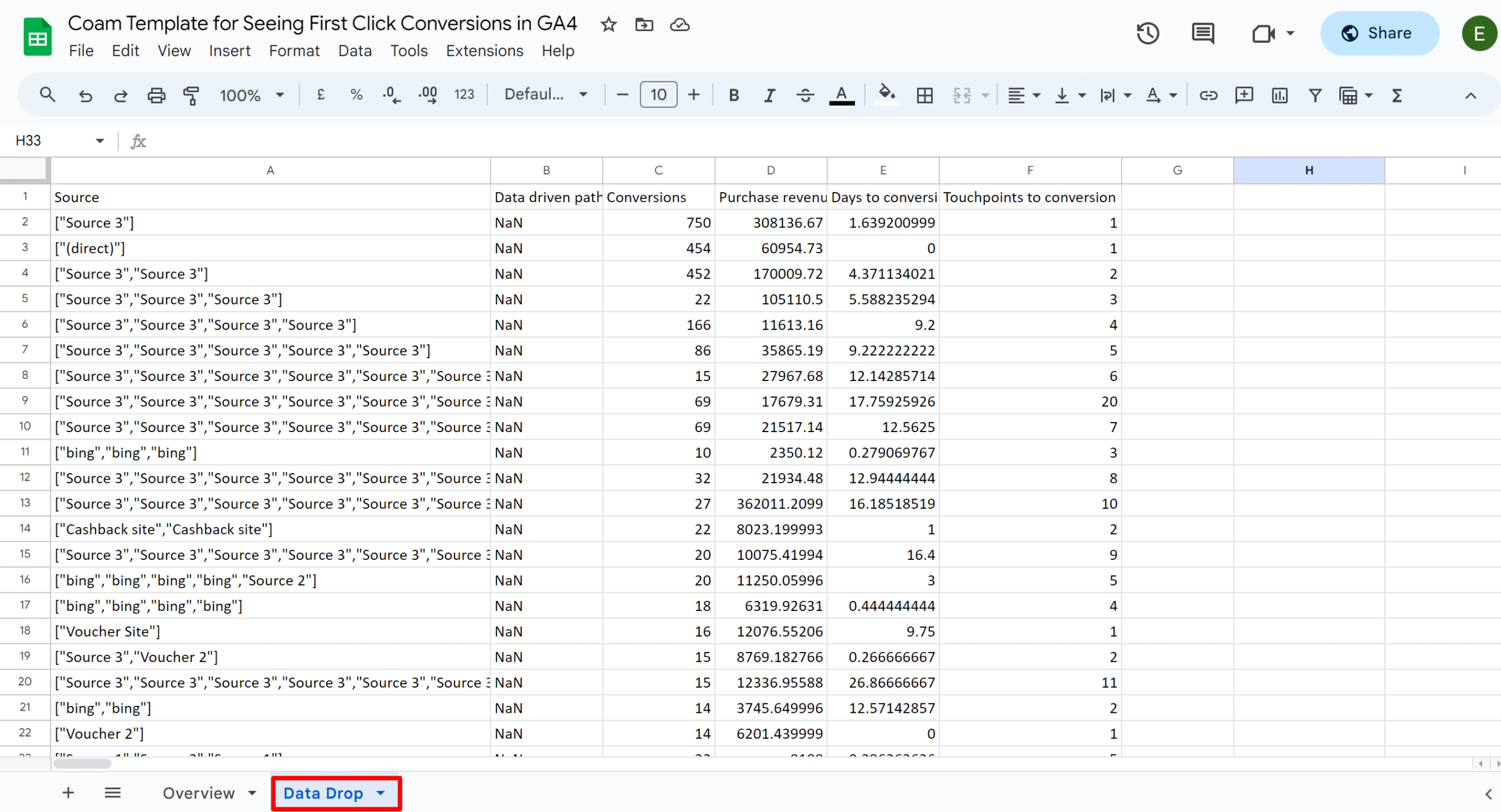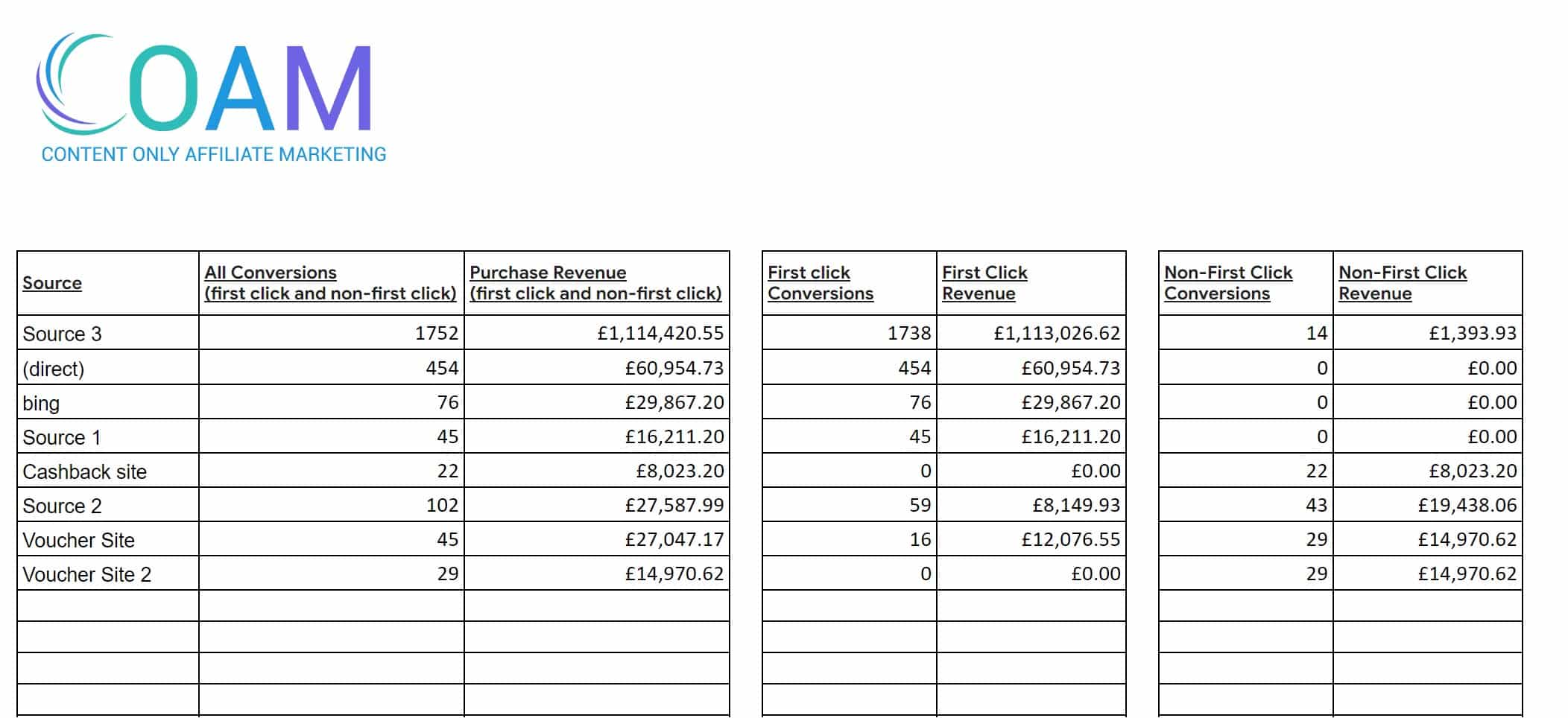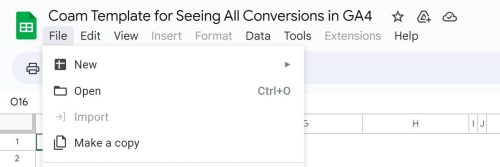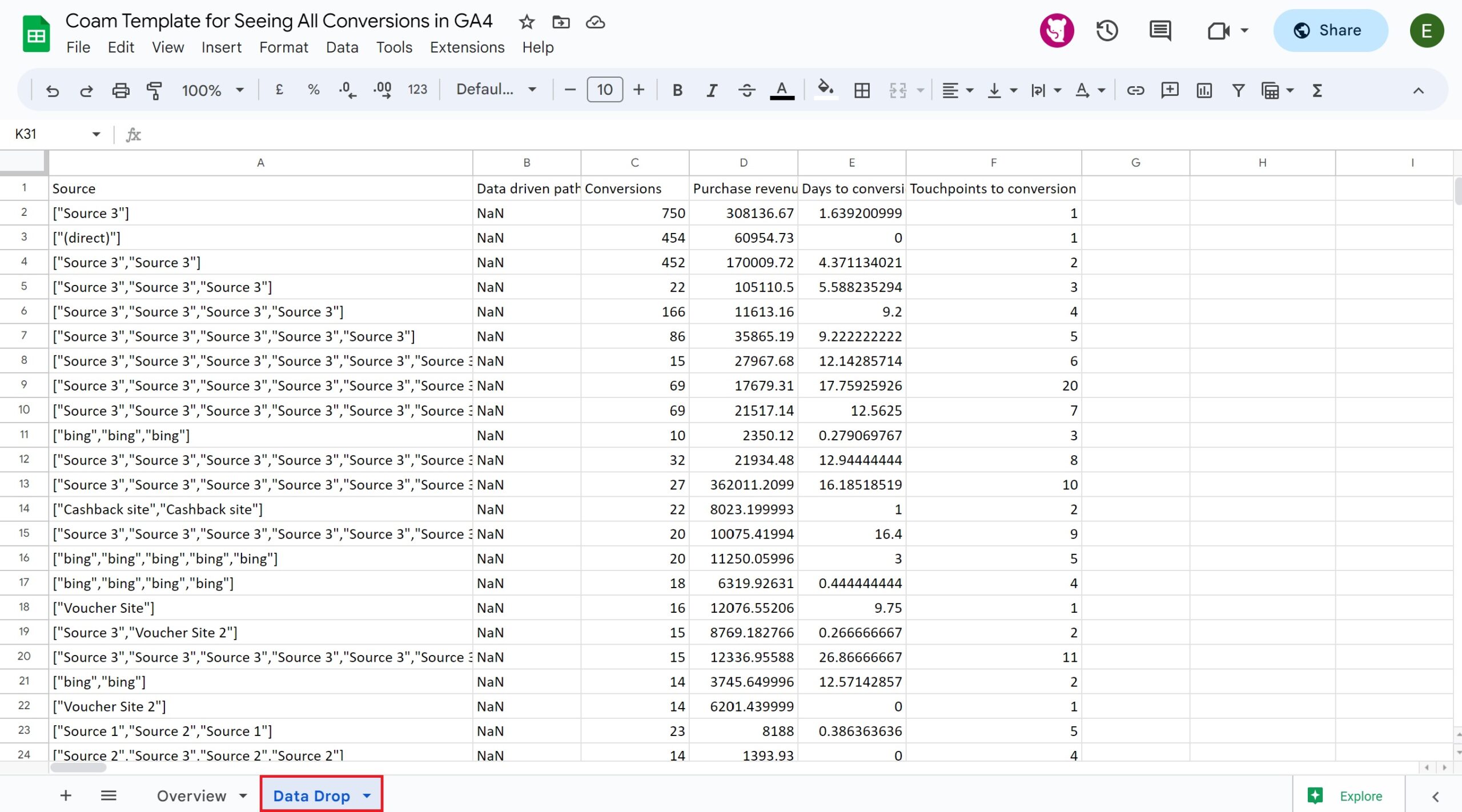What Coam's Inclusion Labels Actually Mean
When you’re browsing through Coam and spot an article you’d like your product to appear in, you’ll often see it labelled with either low, medium, or high chance of inclusion.
These aren’t just random tags – they’re based on what we know about the site, how they work with brands, and how likely it is that you’ll actually get added to the article. It’s there to help you decide where to focus your time, product samples (and money) – and where you should be cautious.
Table of Contents
What does a "Low Chance of Inclusion" mean?
This usually means one or more of the following is true:
It’s on a mass media site where editorial and commercial teams don’t really cross over so you’re reliant on reaching the author and swaying them with the quality of your product.
The editor isn’t listed anywhere, hasn’t replied to anyone, or might not even work there anymore.
The article hasn’t been updated recently
Others have tried to get in with less than 10% success rate per attempt
That doesn’t mean it’s completely off the table – just that it’s probably not worth chasing unless you’ve got product to spare and a really strong reason to go after it. These ones are more of a long-term play than a quick win.
How to approach it: It is worth going for if it’s a perfect match and you’re comfortable with a low success rate. It is advisable to focus your efforts on other sites first as these low chance sites often have editors that are influenced by the appearance of your brand and products on other sites in your sector.
What does a "Medium Chance of Inclusion" mean?
This is the middle ground – not a lost cause, but not a sure thing either.
You might be looking at:
A site that does sometimes update articles, but not always
An editor that’s occasionally replied to pitches, but can be hit and miss
Someone who’s open to receiving products, but may have a thorough testing process or require sign-off from commercials teams before publishing
A sense that you’re not the only one asking, so they’ll be choosy
There’s a good chance here if your product is genuinely relevant and outperforms competitors. You will have to to work to their process but they tend to be more responsive if you’re offering something they haven’t covered before.
How to approach it: Be helpful, explain why you’re a good fit, usually they require you send your product(s) over – but don’t expect a reply straight away.
What does a "High Chance of Inclusion" mean?
This is the good stuff – articles where inclusion is very realistic.
Here’s what we usually see:
The site is commercially minded and happy to work with most brands
There’s an editor or contact who’s actively open to suggestions
The article has been updated recently
There’s a clear process – whether that’s a fee, a review format, or an existing affiliate setup
Your product fits the article’s topic well – no need to force it
These are the kinds of placements that tend to deliver strong returns, not just in traffic or sales, but in long-term SEO value too.
How to approach it: Follow the guidance within the Coam platform. It will have specifics about how you get included.
Final Thoughts on Article Inclusion
Coam’s inclusion labels are there to save you time – and to help you avoid chasing dead ends.
High – Go for it
Medium – Worth a shot, just go in with the right expectations
Low – If it’s low cost for you to pursue (in terms of product outlay), you have nothing to lose
If you’re not sure why an article has been given a particular label, just ask – or submit a research request and we’ll look into it for you.
The aim is to help you focus on the opportunities that are actually achievable – so you’re not wasting time (or budget) on things that won’t go anywhere.


